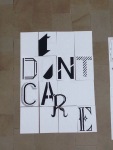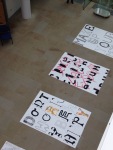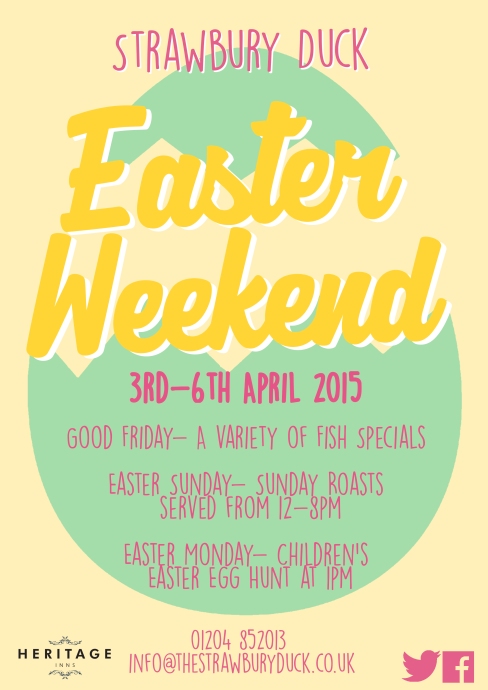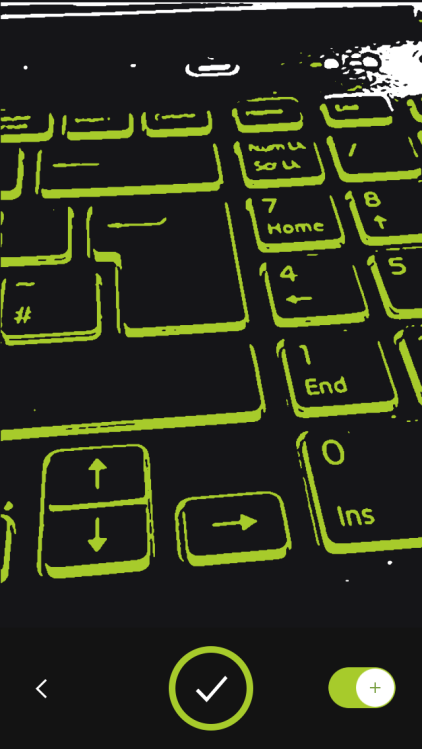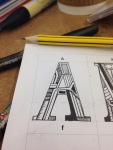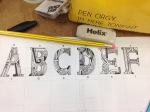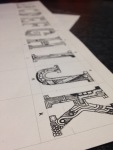
Emigre magazine emerged when modernism and postmodernism were in full swing, around 1984 (and until 2004). In tabloid format, it contained a vibrant mix of text and graphics and as time went on it was shrunk into magazine format, establishing itself as a text and graphic hybrid orientated magazine.
It was created by Rudy Vanderlands and Zuzana Licko.
The original focus of the magazine was on Emigre designers (designers that live and work away from their country of origin). They wanted to grasp the response of an outsider towards the graphic design world. The magazine focuses on liminality, reading between things such as cultures. Because of the magazines disorder, it became a primary material of anti-modernism.
The collaborative approach meant that it was hard to pin down a style. However the magazine is responsible for many networks both technologically and critically engaged, through unique publications and transformative graphic language.
The magazine was very critical of modernism and feared its return; the collaborate efforts of Vanderlands and Licko formed a post-modern way of working, in which other designers were brought in which moulded Emigre as a host for postmodern orientated designers, such as David Carson and Experimental Jetset.
It was very technologically engaged, being the first magazine to experiment with Mac computer technology. The stylistic diversity of the magazine called out to postmodernism; it was difficult to develop a style or structure.
However the magazine primarily received negative feedback:
Masimo Vigrelli (neo-modernist):
‘national calamity’ ‘aberration of culture’
Stephen Heller (middleground design and jounalism)
‘Blip in the continuum’ ‘cult of the ugly’
Carson (postmodernist)
David Carson was angry because Emigre began to develop a certain look or style, and he felt that the magazine should always stay random. Ironically however, he popularized the style.
Beach Culture Mag
Boasted in one issue that they contained ‘No Emigre Fonts’, although the logo was rendered in ‘Senator’, a font by Zuzana Licko

